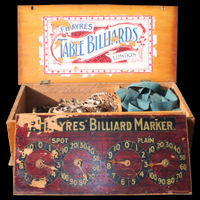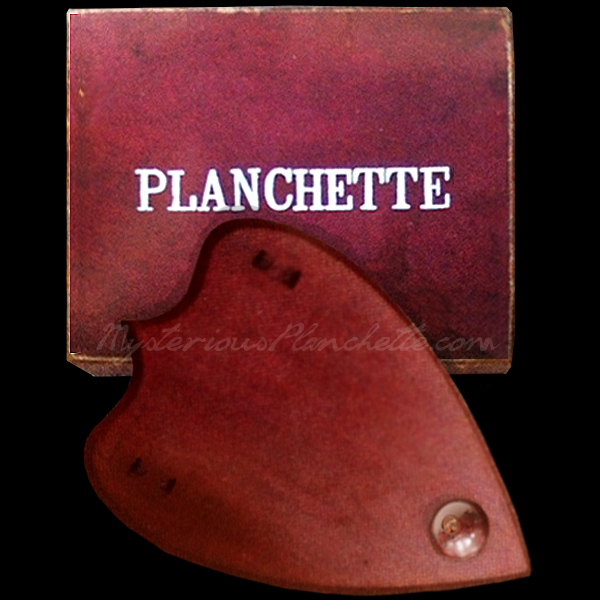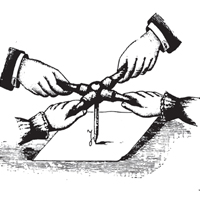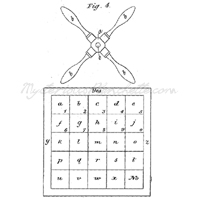Frederick Henry Ayres (often misspelled "Ayers" in periodicals) started his eponymous toy company in 1864 on Aldersgate Street in London, and is most well known for the amazingly well-crafted rocking horses his firm produced until about 1940, which are largely considered the finest ever produced. Ayres also produced a wide array of toys and games popular in the period, including croquet, billiards, chess and cribbage boards, and tabletop diversions like Sandown?a roulette-style horse-racing themed game. His company was involved in a few controversies, including a patent-infringement case over their "Annex" product, which was very near a bootleg copy of a competitor's "Reversi" game. In 1877, he even wrote a personal letter to the Times to defend his original game "Go Bang," trying to stave off rumors that the colored counters contained toxic materials. Ayres died in 1906 in London, but the company continued manufacturing their famous horses and other toys until the 1940s.
F.H. Ayres produced at least two planchette designs--and real beauties at that--and at least two box variations are known. The mahogany boards are of the same high quality as other Ayres products, with a rare American heart-shape on a British board and a distinctive flare at its tail in one instance, and a more traditional British shape on the other. This heart-shape model has several features that give us cause for suspicion in its relationship with other planchettes. Included in its box is a 4-sheet fold-out fortune-telling paper. At first glance it looks like a British Manufacture "Physio-Psychophone" or Chad Valley "Futuroscope," but close inspection reveals it is identical to the fortune sheet that accompanied H.P. Gibson & Sons planchettes. While it is likely that the companies simply used the same jobber, such clues are always intriguing to collectors as we try to unravel the intricate relationships of planchette manufacturers. Ayres manufactured two unique items for the spirit communication market in 1985. Both are unique designs compared to offerings of other companies, but it both cases, we only have period illustrations and accounts to know they existed, and we hope for their rediscovery.
The Ayres planchettes are of an incredibly fine quality, and their highly-figurative wood is reminiscent of the Bussey planchettes of the same era, though it is unknown if they are also of willowwood construction. The seem to have a stylistic comparison to certain Glevum Game planchettes in that they have a distinctive half-round pencil holder topside of the planchettes that is found on the larger "dark" models of Glevum's "Mysterious Planchette" boards. The edges of the planchettes are distinctly beveled--at least on the traditionally-shaped-model--which points to a high degree of care in their manufacture. The castors are distinct, and of a type unknown on other boards, with a sort of doucle "sleeve" of brass that folds around the central spindle and warps around to capture the cow bone wheels. Another distinctive feature of the castors is their attachment: rather than screws or nails, two brass tabs insert into diminutive slots cut through the plank, and bend inward to secure the castors in place. While cutting these slots was undoubtedly more compolicated in their manufacture than drilling simple holes, why this design construction was preferable is unknown. It does give a rather tell-tale marker of the planchettes' maker, however, and we hope this will help collectors identify further specimens for examination.
The "Pytho, or Thought Reader," is a beautiful dial plate contraption. It seems to have been a rather large device, if the scale of the picture is to be believed. It consists of a large circular wooden plate printed with an arch of the alphabet, "yes" and "no," and the numbers 0-9. The board's name, and by-line, arch across the opposite side of the board. A T-shaped wooden handle is the device's most captivating feature, with 4 turned wood, rotating handles for users to grasp. The fourth arm of the handle is a long brass needle that turns freely on a central pivot and points out the letters that make up the psychic communication. It is likely the device employed ball bearings of some sort, for a press review at the time lauds its frictionless use. According to the article, it was available in two sizes. We hope to see at least one in our lifetime!
The second device is known as the "Chrao" or, "The Interpreter." This device is a little stranger that the Pytho, and much less straightforward. It is more akin to a true writing planchette, but takes on a new and unique form. It consists of four short handles of nicely turned wood (two of which were removable), that emerge at right angles from a central wooden sphere. This ball is drilled in the center to hold a pencil, with the idea being that multiple users would each grasp one of the four handles, hold it above a blank sheet of paper, and fight fatigue in hopes of receiving spirit communications before the user's arms drop from exhaustion. The item also came with a rounded peg to replace the pencil, so that the device could be used to point out letters on an included alphabet chart without marking the sheet. With the similarities of the Chrao and the central roulette-style spinner of an Ayres horse-racing game from the same era, we can't help but wonder that given the impracticality of the device, if it wasn't assembled from leftover stock parts of another game in an effort to unload them from the company's warehouse.
There are a few interesting things of note regarding this device. We have an 1895 American patent identical to it, labeled an "Apparatus for Indicating Telepathic Messages," just as the Chrao is depicted and described. It was filed by Colin Edmunds Campbell of 34 Lower Belgrave Street in London. No mention is made of the F.H Ayres firm as an assignor or otherwise. Like the Chrao, this device has four turned handles, a central spherical ball, and an accompanying alphabet chart, though the patent does have options for 2-or-3-handled variants. Whether Campbell was an employee of F.H Ayres trying to secure the patent rights for the company in America, or a bootlegger trying to get the jump on overseas competition is unknown, but the similarities between the devices are too many to be ignored.












